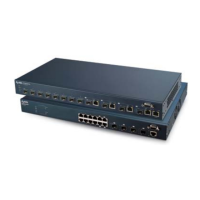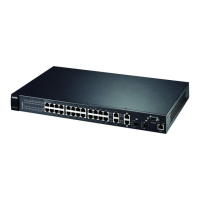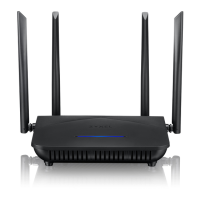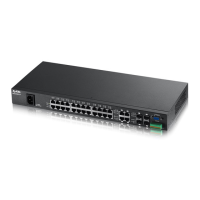Chapter 25 Voice
AX/DX/EX/PX Series User’s Guide
352
Outbound Proxy
Outbound Proxy Address Enter the IP address or domain name of the SIP outbound proxy server.
Outbound Proxy Port Enter the SIP outbound proxy server’s listening port, if your VoIP service provider gave
you one. Otherwise, keep the default value.
Use DHCP Option 120 first Select this to have the Zyxel Device use DHCP Option 120 first.
RTP Port Range
Start/End Port Enter the listening port numbers for RTP traffic, if your VoIP service provider gave you
this information. Otherwise, keep the default values.
To enter one port number, enter the port number in the Start Port and End Port fields.
To enter a range of ports,
• enter the port number at the beginning of the range in the Start Port field.
• enter the port number at the end of the range in the End Port field.
DTMF Mode
Control how the Zyxel Device handles the tones that your telephone makes when
you push its buttons. You should use the same mode your VoIP service provider uses.
RFC2833 – send the DTMF tones in RTP packets.
PCM – send the DTMF tones in the voice data stream. This method works best when
you are using a codec that does not use compression (like G.711). Codecs that use
compression (like G.729 and G.726) can distort the tones.
SIP INFO – send the DTMF tones in SIP messages.
Transport Type
Transport Type
Select the transport layer protocol UDP or TCP (usually UDP) used for SIP.
Ignore Direct IP Select Enable to have the connected devices accept SIP requests only from the SIP
proxy/register server specified above. SIP requests sent from other IP addresses will
be ignored.
FAX Option This field controls how the Zyxel Device handles fax messages.
QoS Tag
SIP DSCP Mark Setting Enter the DSCP (DiffServ Code Point) number for SIP message transmissions. The Zyxel
Device creates Class of Service (CoS) priority tags with this number to SIP traffic that
it transmits.
RTP DSCP Mark Setting Enter the DSCP (DiffServ Code Point) number for RTP voice transmissions. The Zyxel
Device creates Class of Service (CoS) priority tags with this number to RTP traffic that
it transmits.
Timer Setting
SIP Register Expiration
Duration
Enter the number of seconds your SIP account is registered with the SIP register server
before it is deleted. The Zyxel Device automatically tries to re-register your SIP
account when one-half of this time has passed (The SIP register server might have a
different expiration).
SIP Register Fall Re-try timer Enter the number of seconds the Zyxel Device waits before it tries again to register
the SIP account, if the first try failed or if there is no response.
Session Expires [SE] Enter the number of seconds the Zyxel Device lets a SIP session remain idle (without
traffic) before it automatically disconnects the session.
Min-SE Enter the minimum number of seconds the Zyxel Device lets a SIP session remain idle
(without traffic) before it automatically disconnects the session. When two SIP
devices start a SIP session, they must agree on an expiration time for idle sessions. This
field is the shortest expiration time that the Zyxel Device accepts.
Dialing Interval Selection
Table 133 VoIP > SIP > SIP Service Provider > Add New Provider or Edit (continued)
LABEL DESCRIPTION
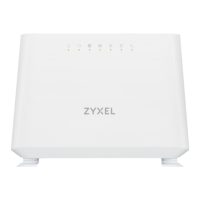
